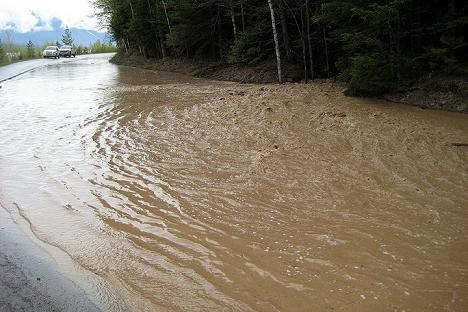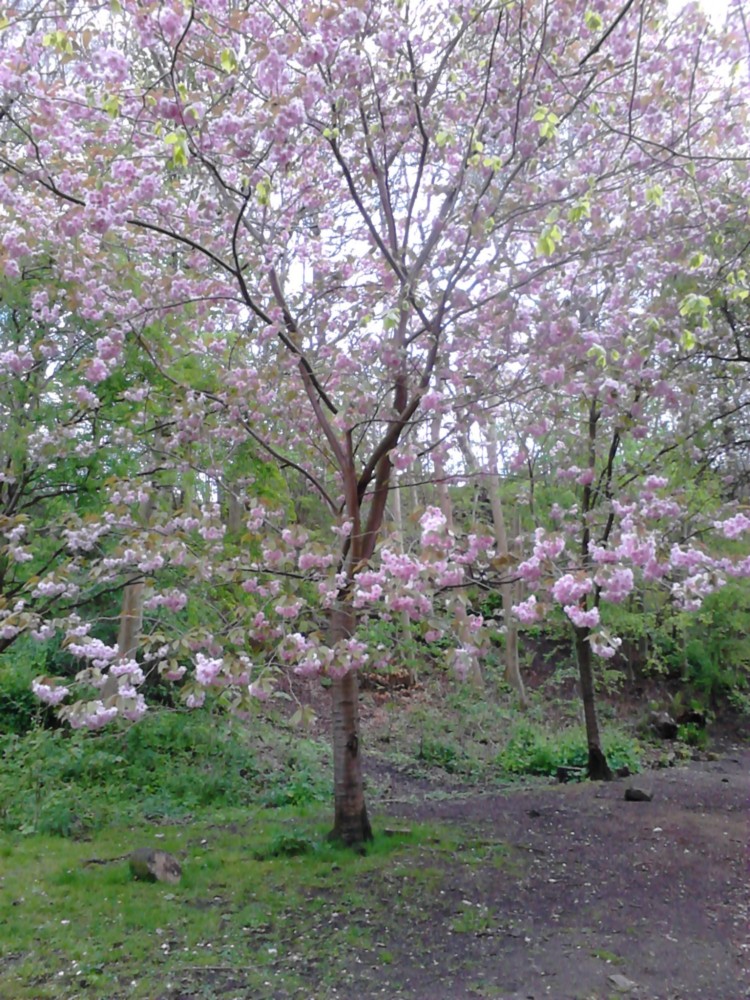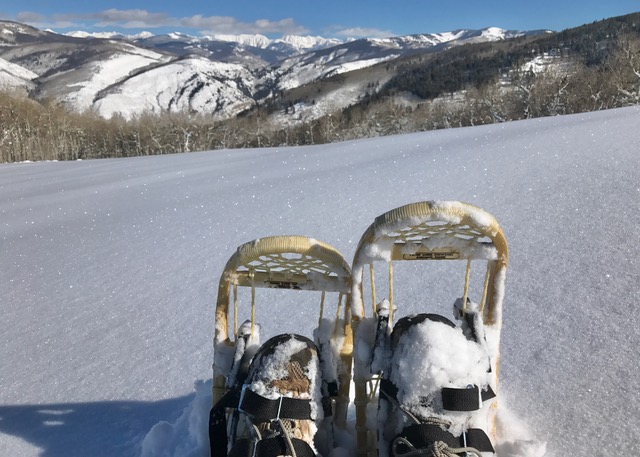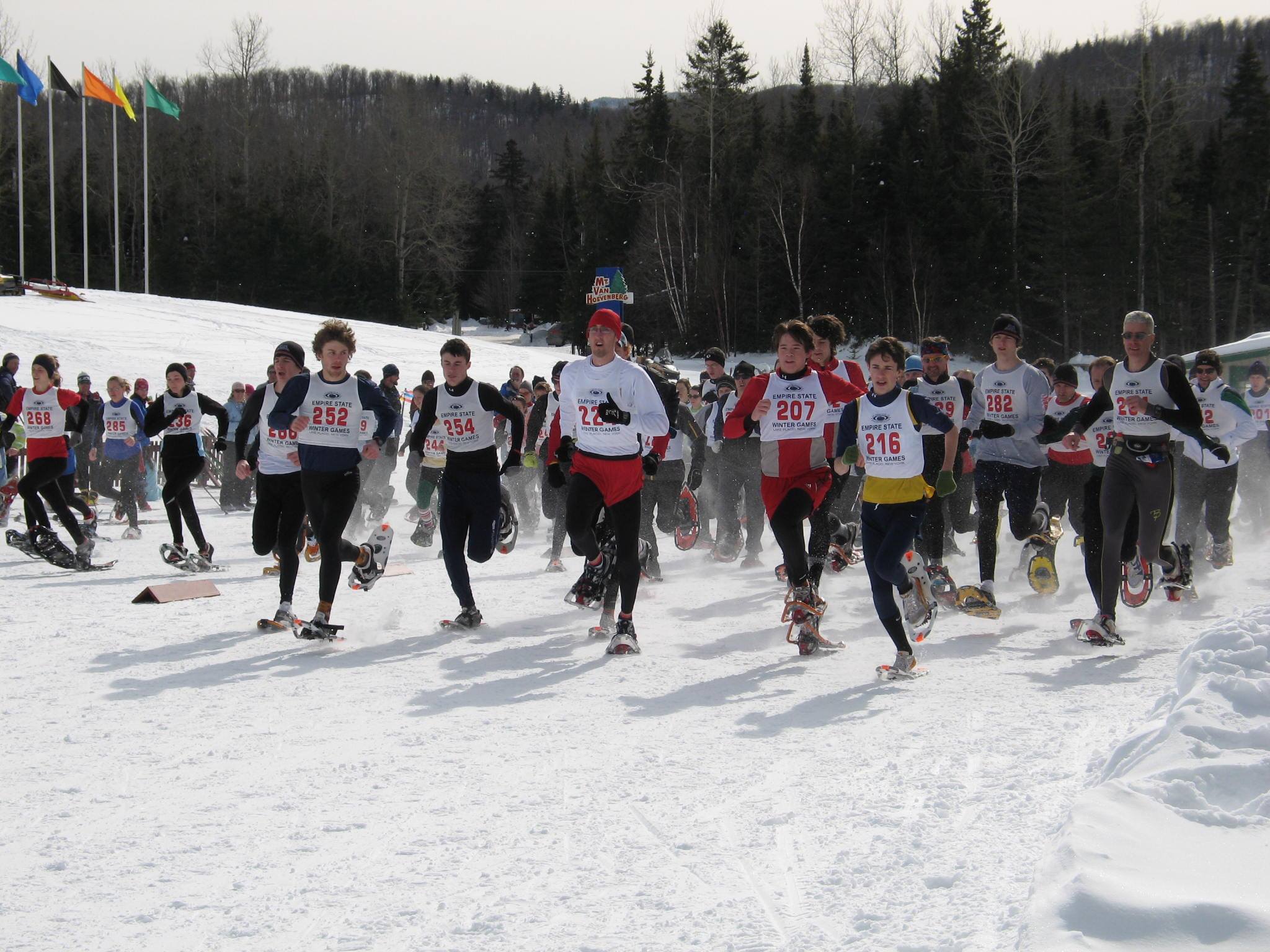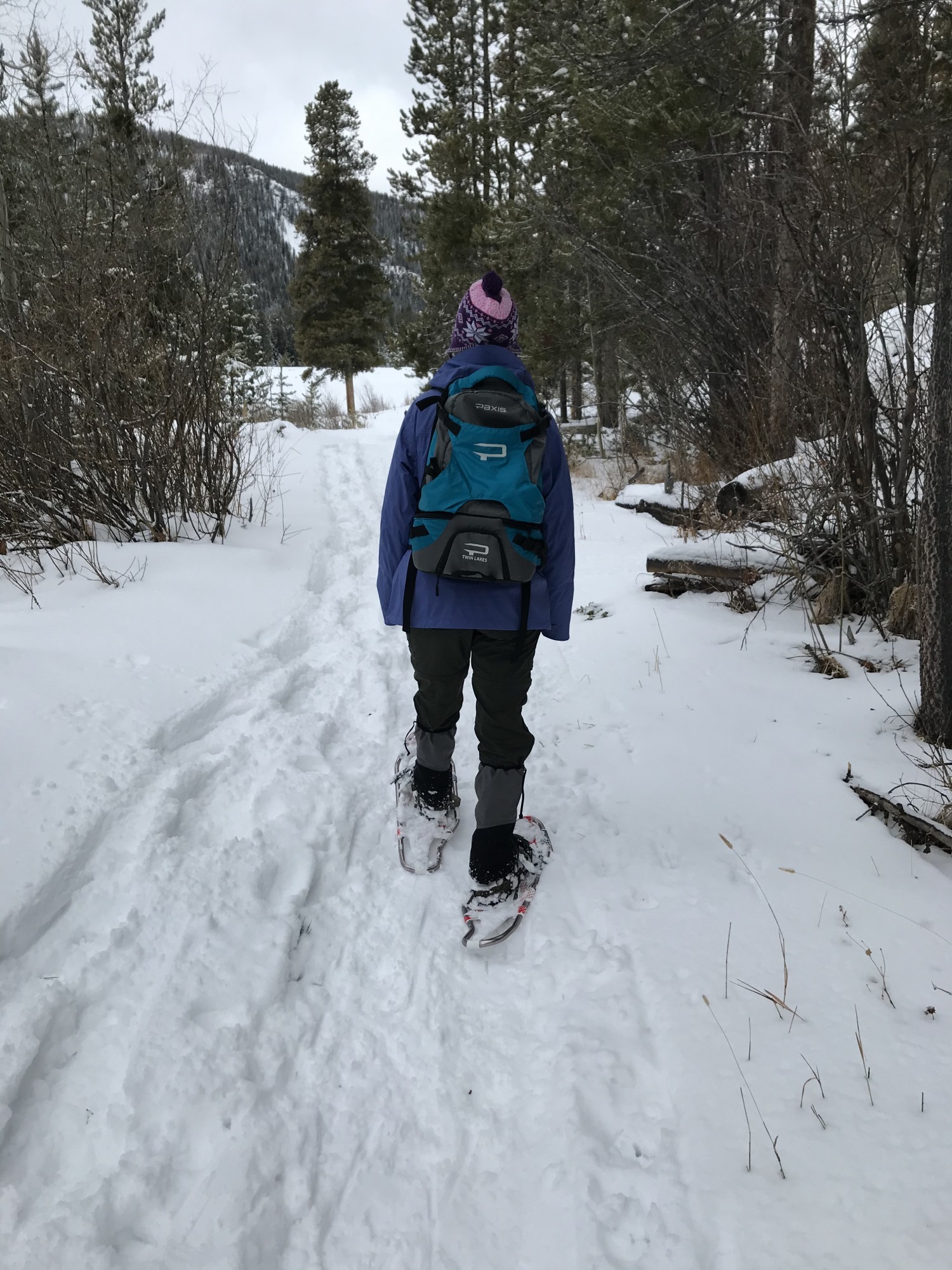There’s a flipside to all the epic snow totals that the west has seen this past winter – equally epic spring runoffs.
According to the National Weather Service, rapid snowmelt is currently wreaking havoc across the west, prompting flood warnings in parts of Montana, Utah and Idaho in recent weeks and leaving many in the mountain states to wonder just how wet this spring and summer are going to get. The Colorado River in western Colorado is currently above flood stage at Glenwood Springs, and flood-related evacuations were instituted in parts of eastern Montana over the weekend.
“For the third consecutive year, the stage is set for potential widespread, record flooding in the North Central United States,” said Jack Hayes, Ph.D., director of NOAA’s National Weather Service, in a statement last week. “All the ingredients are in place for major flooding so this situation should be taken very seriously.”
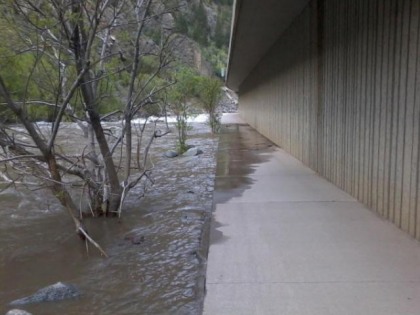
And, if recent snowpack reports are any indication, there’s plenty more to come. According to the National Resources Conservation Service’s SNOTEL network, which monitors snowpack levels across the western states, the snow in Glacier National Park is currently at 200-400 percent of historical averages, and similar figures can be found across the region. No doubt about it, thanks to the combination of heavy winter snows, several strong spring storms, and lingering cold temperatures, we’re in the midst of a serious year for runoff and one that could last well into the summer months.
“We’re definitely seeing a lot of water coming out of the hills,” says Ryan Thomson with Glacier Outdoor Center, a rafting company based out of West Glacier, Mont. “The Middle and North Forks of the Flathead River are already at their average levels for the year and there’s more snow to come, so we expect this to continue through June. But what happens from here is T.B.D., whether it will build up gradually or cause sudden flooding.”
Part of the problem with this kind of high water, he says, is balancing the action and adventure that such conditions can create on the river with the realistic wants and needs of their clients.
“Safety is the number one concern, but we still want people to be able to get out on the water. There are certainly levels where we won’t take trips to certain areas, but these conditions do give us some flexibility in where we take people. If it’s too high in one area we always have different places that we can go where the water is not as high.”
And it isn’t just Montana that’s facing increased snowmelt. Operators in Colorado are in a similar spot, thanks to many of the same forces (heavy snow, late storms and lingering low temperatures) and most have resorted to the same “wait and see” attitude.
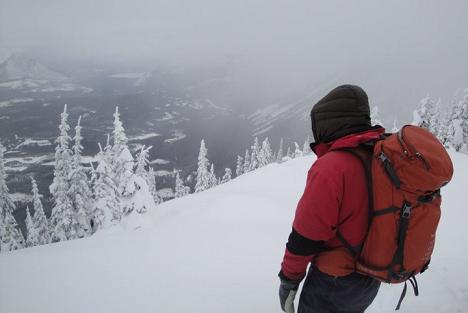
“We’re expecting above average precipitation and temperatures through mid-June,” says Duke Bradford with Arkansas Valley Adventures, “so it’s going to be a big water year for sure. But safety is a big deal, so we’re already reaching out to the families and the less adventurous groups that are booked for the June-July period that we’re expecting to be the high point and moving their trips to less intense areas.”
In short: For rafters who are prepared to handle it, the flood-related bump in runoff so far this year is more or less good news.
But not everyone is jazzed about all this water. What’s good for rafting operators isn’t always good for hikers and other backcountry users, after all, and the recent flooding isn’t making high country access particularly easy for volunteers with the Bob Marshall Wilderness Foundation, a wilderness stewardship organization based out of Hungry Horse, Mont.
“We’re still probably limited as to what we can get to at this point,” says Nick Cheney, the organization’s program director, “so a lot of projects are having to be pushed back or even cancelled.”
But it’s not all bad news, says Cheney. Most years the foundation is concerned about forest fires limiting access to its trail building and backcountry maintenance projects, so at least that shouldn’t be a concern in 2011.
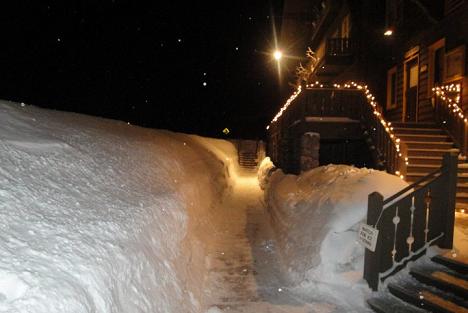
“I think in the bigger picture [the flooding] is a really good thing,” he says, explaining how beneficial this spring could be to the region’s ongoing drought problem. “But in terms of this single season, getting out there and getting trails open is going to be a challenge.”
*First photo: The Colorado River flooding the Glenwood Canyon Bike Path. Courtesy of Colorado Department of Transportation
*Second photo: Looking from the summit of Desert Mountain, West Glacier received record snow during the 10/11 season.
*Third photo: A large snow bank near the Belton Chalet in West, Glacier, Montana.
*Fourth photo: Spring run-off plugged culvert on the Going-to-the-Sun Road – forcing debris and water to flow over the road. Courtesy of Glacier National Park: http://www.facebook.com/GlacierNationalPark.
To view a video of a snowshoe hike up to Desert Mountain and all the West Glacier snow, click here.
The Bob Marshall Wilderness is also affected by the big spring runoff. For more information about the Bob Marshall Wilderness Foundation, visit http://www.bmwf.org.
